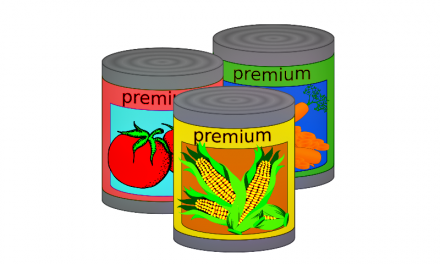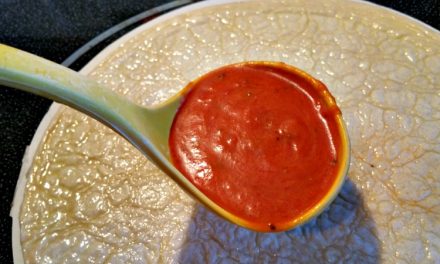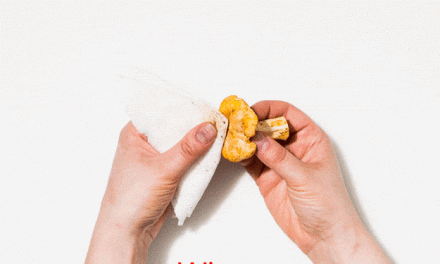10 Foods That Should Never Be Frozen

There’s quite a few reasons why some foods should never be frozen, like:
- Loss of flavor
- Texture or consistency changes
- Frozen foods exploding in your ice tray
However, did you know that some foods can become unsafe to eat and make you sick if consumed after being frozen?
Here are the main foods that should never be frozen:
1. Eggs
Keep whole eggs out of the freezer. The egg could expand and crack the shell, allowing bacteria to creep in. Even if the shell remains intact, the yolk will become syrupy and hard to blend with the egg whites, according to Ask Karen, the USDA’s food safety information portal. Similarly, icings or sauces made with eggs can turn tough or rubbery in the freezer.
2. Certain Fruits & Vegetables
Some produce, especially those with high water content, will be limp, soggy, and possibly have a change in flavor or smell after freezing and thawing. Lettuce, cucumbers, cabbage, and watermelon are all better off in the fridge. Other produce, like tomatoes, can be frozen but should only be used in cooking, since they become mushy after thawing, according to the Institute of Agriculture and Natural Resources at the University of Nebraska-Lincoln.
3. Cheese
Soft cheeses, like goat, brie, and ricotta, tend to separate and take on a grainy texture when frozen. Hard cheeses, like cheddar, can hold up better in the freezer — though they can also turn mealy.
4. Other Dairy
Almost all dairy products are not freezer-friendly. Sour cream separates and becomes watery, and cream, yogurt, milk and milk-based sauces may curdle and separate.
5. Seasonings and Herbs
Most spices and seasonings should be stored exclusively on your spice rack. Freezing does not extend the shelf life of spices, and according to the National Center For Home Food Preservation, freezing causes taste and flavor changes. Garlic, pepper, and imitation vanilla will become bitter, onion and paprika may change flavor, and curry is known to develop a musty “off-flavor.”
Herbs turn into a brown, gooey sludge when frozen. To preserve your herbs, tie them together and hang them upside down or throw them on a cookie sheet and put them in the oven on 200 for an hour or so to dry. Fresh herbs, on the other hand, can be frozen, but use them for flavoring only – they become soggy and limp, not the choice for a pretty garnish.
6. Fried foods
The delicious crispiness we love about fried foods disappears after a trip to the freezer. Thawing makes formerly crunchy foods waterlogged and soggy.
7. Dressings
Leave salad dressings and condiments like mayonnaise in the fridge. Although they’re safe to eat after thawing, freezing will make the ingredients separate. The eggs, oil, and vinegar in mayo will all separate, leaving liquid on top of the mayo. Attempting to return it to its original texture might not work, and if it does, you’ll have a thinner, watery substance left.
8. Potatoes
Potatoes don’t hold up well in the freezer. Depending on their preparation before freezing, potatoes will turn mushy, mealy, watery, or tough. The exception here is homemade French fries, which can be cooked, frozen, and cooked again without thawing first. They’ll still taste good and crisp up, plus you can make them healthier by limiting the amount of oil and fat you use to make them. If you have lots of potatoes on your hands, try making a batch of freezer fries. See a recipe here.
9. Cooked Pasta
Some fresh pastas can be kept in the freezer before cooking, but stick to the fridge for storage after cooking. Freezing cooked pasta will turn it into a mushy mess, and give it a weird, “warmed over” taste.
10. Rice
Like pasta, freezing cooked rice is never a good idea. It becomes mushy and flavorless.




